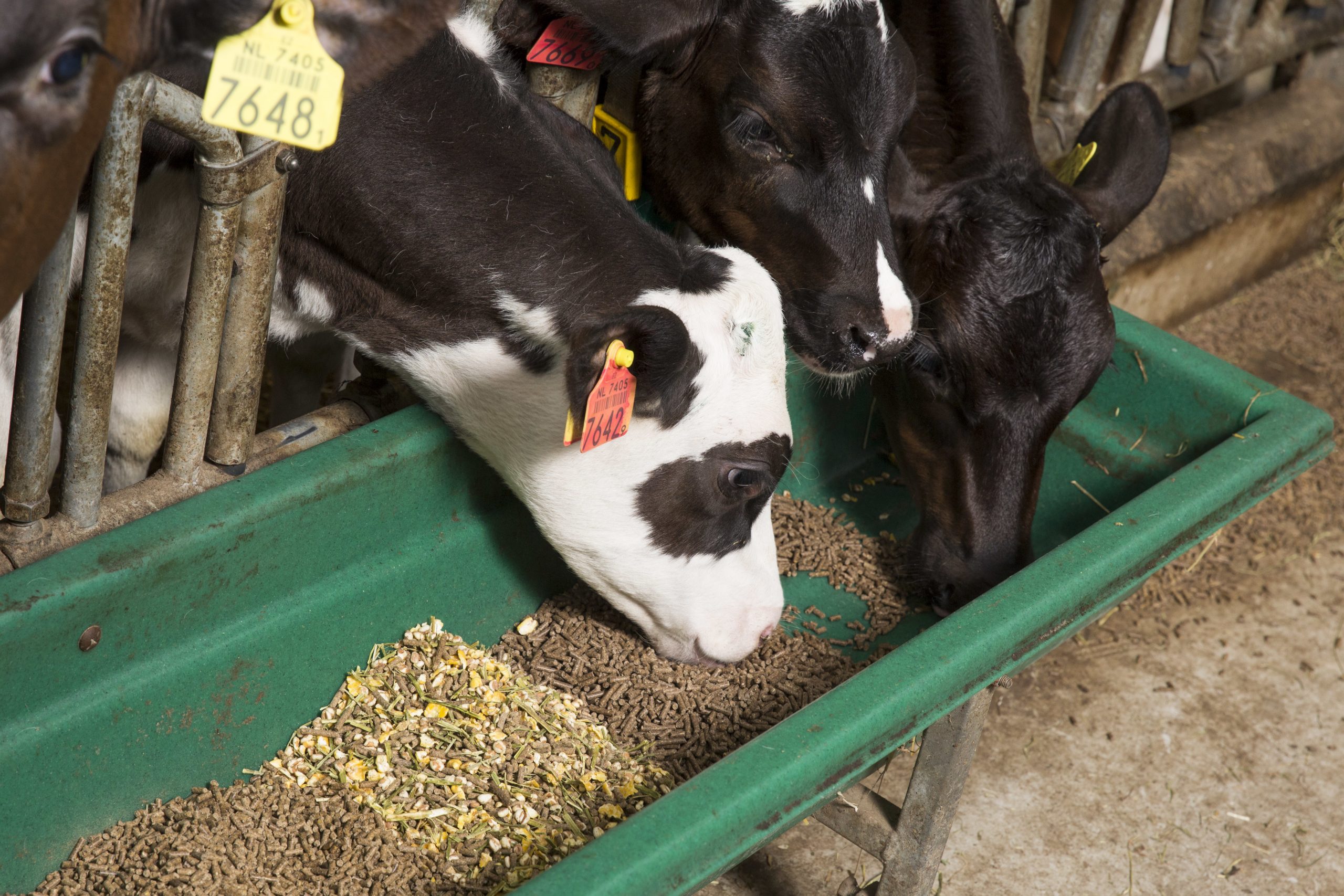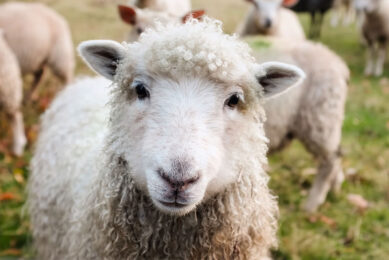Feed flavours for cattle: The benefits

Cows have a large number of taste buds. The use of feed flavours is therefore a good way to increase feed intake and in turn, animal performance.
Animals rely on their sense of smell and taste to evaluate desirable feed. When feedstuffs have an unpleasant smell and taste, they can result in reduced feed intake and a poor return on investment for producers. The use of feed flavours has thus been prompted as a means of improving the smell and taste of animal feeds and hence improves feed intake and animal performance. Also, the feed that is made more palatable through the addition of flavours is easier digested than a less palatable feed, and will thus have greater feed efficiency.
The use of feed flavours has been widely accepted, especially in ruminants, for 2 reasons.
- There is a large number of taste buds situated on the dorsal surface of the tongue and in the pharynx and larynx. The number of taste buds in cattle, for example, is approximately 25,000 compared to 9,000 in human and only 24 in chickens, thereby allowing cattle to have a better response to the feed flavours.
- The prolonged stay of feed in the mouth of the ruminant animal would certainly favour solubility of flavouring agents, which contributes further to their effect on feed taste in the mouth and hence improve feed intake and animal performance.
Keep animals ‘on feed’
With silage-based diets for example, it may be essential to use feed flavours to mask the effects of alcohols formed during fermentation on palatability, especially when silage is made from high-moisture crops without wilting or from crops wilted under unfavourable field conditions. It may also be essential to use the feed flavours with a diet composed primarily of coarsely-chopped straw which is usually avoided by animals. The addition of feed flavours in all such cases would help prevent the ‘starve-outs’ and keep animals ‘on feed’ until they gradually increase consumption of the feeds which they initially avoided.
Types, forms, and concentration
Flavouring agents may either be natural such as garlic, anise, and black cumin or artificial such as fruit extracts and chemical products including vanillin, sodium glutamate, etc. Most of these materials are provided in dry powder form contained in free-flowing, non-electrostatic concentrates, which may be pre-mixed and added to feed with other trace ingredients, or by means of a metering device designed for application to feed formulations. For normal types of feed, the flavours are included in the diet at levels ranging from 0.5-1.5%. These levels may, however, be adjusted according to the type of animal, type of feed ingredient used in the ration, length of storage of feed, water quality, and disease outbreaks, all of which factors require special flavour treatments.
Feed flavours and performance of calves
The intake of solid feed is vital to the calf for making the transition from a pre-ruminant to a functioning ruminant. An early introduction to starter feed is key to achieve optimal rumen development and reduce weaning duration and costs. In one study, calves fed flavoured starter weighed more at the weaning and at the end of the experiment. Moreover, the pre-weaning average daily gains increased significantly compared with calves fed the unflavoured starter. The starter consumption was also higher and the calves met the weaning criteria at a younger age (Table 1). In another study, a commercial flavour (Ultra Sweet Livestock Omniflavor) has been tested with calves fed forage sorghum silages that have high moisture contents (less than 30% DM). The use of the flavour resulted in improved gains by 18%, and improved feed efficiency by 7.7%. In all cases, however, it is important to use high-quality feed materials that have no mould, no dust, and have high levels of nutrients to meet the needs of the growing calf. The use of flavours alone shall otherwise have no beneficial effect on calf performance.
Feed flavours for dairy cattle
It is well known that dairy cows are very sensitive to changes in diet taste or flavour. Off-odours or bitter tastes could lead to low feed intakes, which will affect milk yield and impact farm performance. Studies have indicated that older ruminants, such as dairy cows, have a preference for citric tastes and aroma. The addition of flavours to the compound feed or total mixed rations (combined with a sweetener, if necessary) will ensure a homogeneous perception and mask possible changes of raw materials, unpalatable byproducts, and the bitter tastes of vitamins or minerals.
When using flavouring agents in dairy rations, the following points should be considered:
- Adding flavours should be done gradually, in order to reach the balance of their costs and milk yield, but with the palatability of the feed materials to be duly considered.
- Some flavour substances accumulate in cow body tissues, particularly in the fat, and are then transferred to the blood, and hence to the milk. The feed flavours should, therefore, be fed after milking and withheld from the cows 4-5 hours before milking.
- In pre-partum cows, anionic salts (Chlorine, sulphur, and Phosphorus) are usually added to adjust the Dietary Cation-Anion Difference (DCAD) and maintain it at an optimal level of 200ml equivalent/ kg of feed. The use of such salts has in many cases caused the reduced incidence of milk fever from 26% to only 4% due to their effect on reducing blood pH and increasing the availability of blood calcium. Unfortunately, the use of anionic salts often makes the feed bitter with a resulting decrease in feed intake. The incorporation of feed flavours into the diet will, in this case, avoid the intake problem while maintaining the function of the anionic salts and alleviating the incidence of milk fever.

Mycotoxins can have a huge effect on the health and productivity of livestock – check out this informative feature.
Feed flavours for beef cattle
The first stage of feedlot production systems is highly critical. Newly arrived calves suffer a lot of stress as a result of weaning, transportation, and handling. On top of that, they are introduced to a new source of food (roughage/concentrate). This situation often leads to low feed intake and higher disease incidence. Strategies to increase dry matter intake and nutrients may play an important role in increasing feedlot performance. Improving diet palatability is one of the recommended strategies to address the problem. Palatable additives like flavours are a cost-effective option to improve diet palatability
Mixing unpalatable feedstuff (e.g. rancid, mouldy or highly acidic and bitter feed) with good smelling and good-tasting feeds such as fresh grass or concentrate (in different ratios that is adjusted empirically) is done in farming practice for those animals of low economic importance such as fattening steers. However, if a particular material is not tasty to an animal it might indicate it contains high amounts of a particular toxin which increases the chances for aflatoxicosis in cattle. In this case, such feedstuff should not be fed in the last stages of fattening in order to give time for the liver to get rid of the toxins.
References are available from the author upon request.











